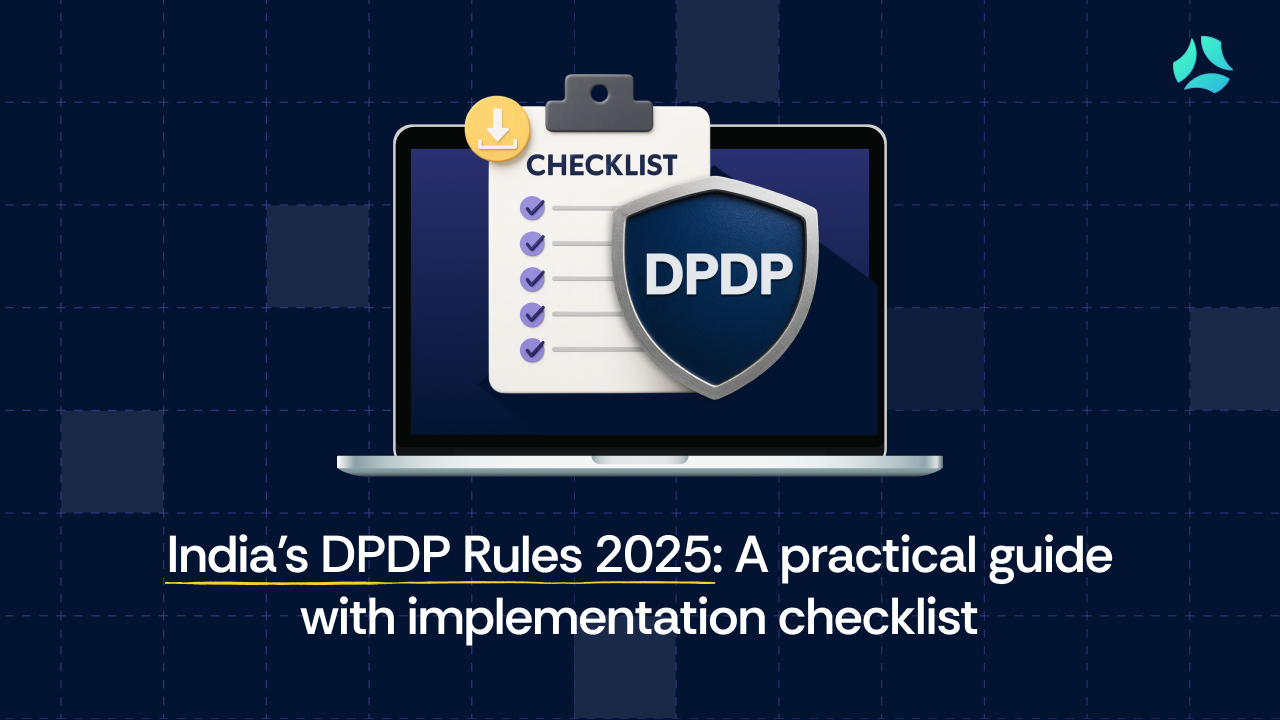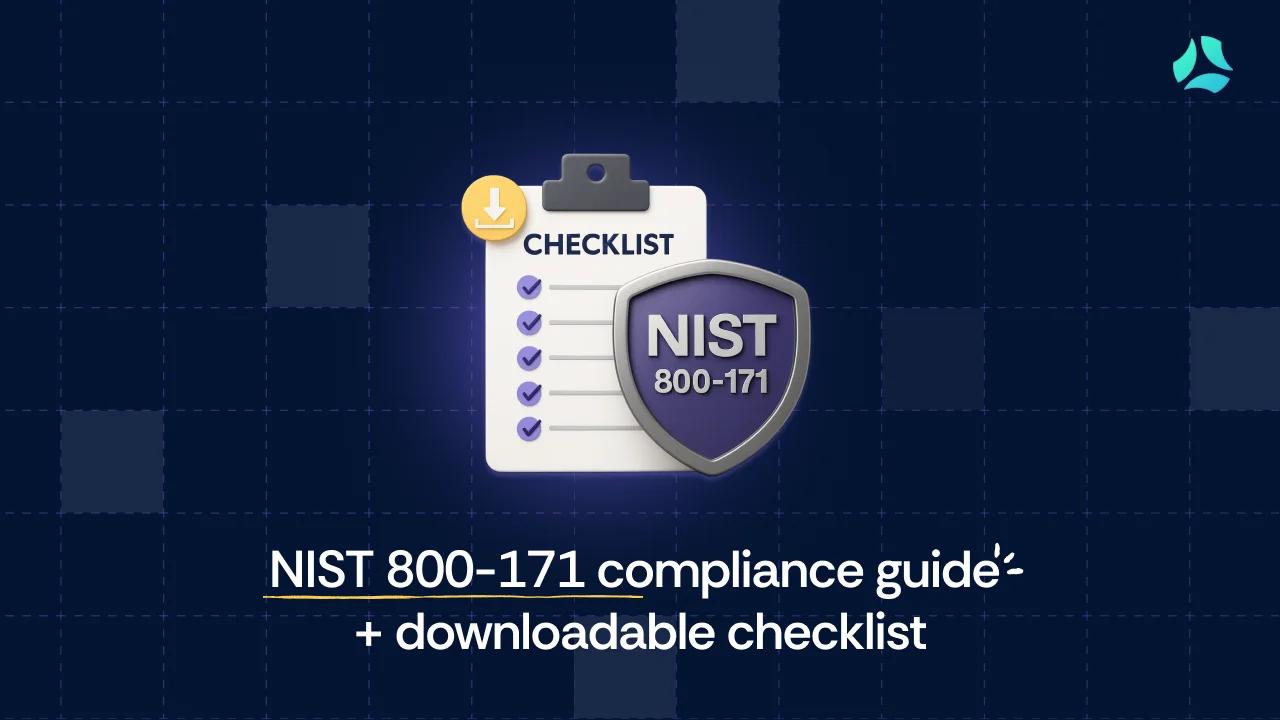Audit Evidence: Documentation & Reporting Guide
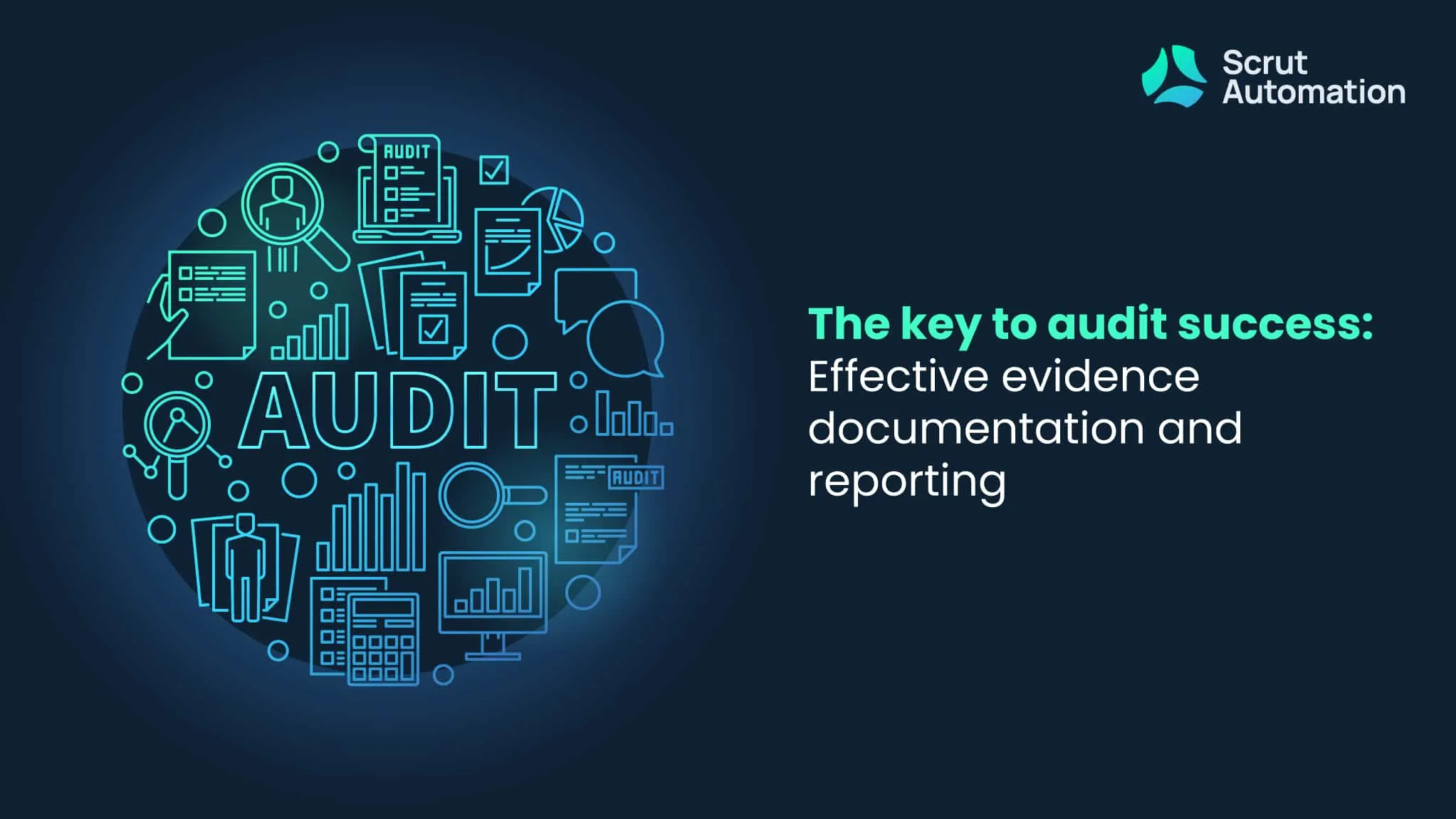
Auditing is a critical process that ensures the transparency and integrity of financial and operational activities within organizations. It provides stakeholders, both internal and external, with the confidence that business operations are conducted honestly and in compliance with applicable laws and regulations.
At the heart of any audit lies the concept of "audit evidence." This evidence forms the foundation upon which auditors make their judgments and draw conclusions.
In this blog, we will delve into the essential aspects of documenting and reporting audit evidence. We'll explore why audit evidence is indispensable, the various types of evidence auditors collect, and the best practices for documenting and reporting it.
What is audit evidence?
Audit evidence serves as the foundation for informed decisions and conclusions, assuring stakeholders about the accuracy and compliance of financial statements and operational activities.
There are several types of audit evidence, including documentary, oral, physical, analytical, and electronic evidence. Audit evidence needs to have two essential characteristics: reliability, which guarantees that it is dependable and verifiable, and relevance, which means it should directly relate to the audit objectives. Auditors consider these attributes to make well-informed judgments.
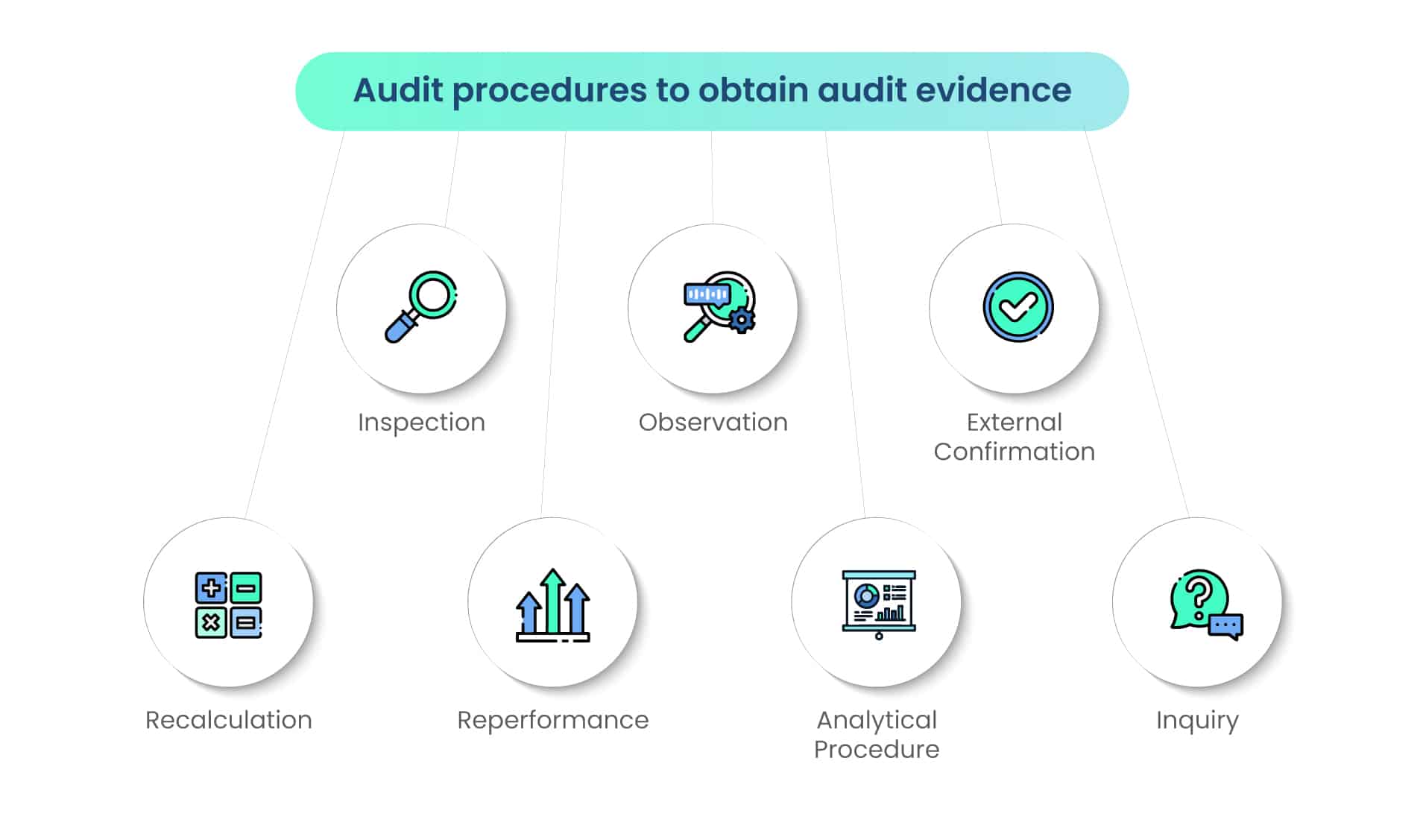
Audit evidence examples
Examples of audit evidence include the following:
- Bank statements
- Invoices and receipts
- Physical inventory counts
- Contracts and agreements
- Email correspondence
- Sales orders and purchase orders
- Inspection reports
- Bank confirmations
- Analytical procedures
- Witness statements
- Audit workpapers
- Digital forensic evidence
What is audit documentation?
Audit documentation serves as the primary record detailing the audit procedures conducted, the evidence collected, and the conclusions drawn during the engagement. The extent, nature, and substance of audit documentation are subject to the auditor's professional discretion.
ISA, which stands for International Standards on Auditing, provides guidance to auditors regarding the documentation of their audit procedures. Traditionally, auditors have maintained their documentation in physical formats. However, many auditors have transitioned to digital processes to streamline documentation and reduce the time involved.
Audit documentation checklist
Audit documentation should encompass the essential particulars, including:
- A description of the data or information being compiled.
- The identity of the auditor responsible for creating the audit working paper.
- Adherence to audit procedures in accordance with ISA guidelines and relevant legal and regulatory obligations.
- Noteworthy information pertaining to the company's ethics, financial statements, and operational processes.
- Auditor's assessments concerning sampling or testing.
- The timeframe for the audit.
- A comprehensive account of the evidence acquired by the auditor, the testing methodologies employed, and the outcomes yielded.
Purpose of audit evidence documentation
Effective documentation of audit evidence is a fundamental step in ensuring the transparency and credibility of the audit process. It serves as a comprehensive record of the information gathered, the procedures performed, and the conclusions drawn by auditors.
It facilitates the audit process and enhances its reliability and accountability.
Here are the objectives of audit documentation:
- Supporting conclusions: It provides a basis for the conclusions and opinions reached during the audit.
- Facilitating review: Allows for internal and external review of the audit work for quality control and compliance.
- Ensuring accountability: Demonstrates that audit procedures were performed and that the auditor is accountable for their work.
- Assisting future audits: Serves as a reference for future audits of the same entity, helping auditors understand past practices.
- Compliance: Ensures adherence to auditing standards and regulatory requirements.
- Resolving disputes: Provides a record of the audit process in case of disputes or legal issues.
- Verification: Verifies that the audit was conducted in accordance with audit planning and procedures.
- Communication: Supports effective communication within the audit team and with stakeholders.
- Enhancing transparency: Demonstrates the transparency and integrity of the audit process.
Quality of audit evidence
The quality of audit evidence plays a pivotal role in the credibility of the audit process. Auditors are responsible for ensuring that the evidence they collect is of high quality, as this directly impacts the reliability of their conclusions.
High-quality evidence bolsters the credibility of the audit. When stakeholders, such as investors, regulators, and management, have confidence in the audit process, they are more likely to trust the audit findings and the financial statements.
Conversely, low-quality or questionable evidence can cast doubt on the entire audit, potentially leading to disputes and skepticism.
Maintaining the quality of audit evidence involves various factors, including the competency and independence of the auditor, the reliability of the information sources, and the thoroughness of documentation.
It's imperative that auditors adhere to professional standards and best practices to ensure that the evidence collected is trustworthy and credible.
Audit sampling and sampling methods
Auditors often use audit sampling to evaluate entire populations of transactions, balances, or internal control procedures efficiently. This method involves examining a subset (sample) of items to draw conclusions about the entire population.
Key aspects of audit sampling include:
1. Statistical sampling
Statistical sampling involves using random sampling techniques to select items for examination. It provides a higher level of confidence that the results from the sample can be extrapolated to the entire population. Statistical sampling is commonly used in substantive testing.
2. Non-statistical sampling
Non-statistical sampling, sometimes called judgmental or haphazard sampling, relies on the auditor's judgment in selecting items for examination. While it lacks the statistical rigor of random sampling, it is appropriate for situations where statistical sampling is not feasible or cost-effective. Non-statistical sampling is often used in tests of controls.
Managing data and records
Auditors must consider the following when managing data and records:
Data security: Protecting sensitive and confidential information is vital. Implement robust data security measures to prevent unauthorized access or breaches.
Retention policies: Establish clear data retention policies in compliance with regulatory requirements. Determine how long audit evidence should be retained and when it can be securely disposed of.
Data backups: Regularly back up audit evidence to prevent data loss due to technical failures or unforeseen events. Backup strategies should be reliable and tested periodically.
Accessibility: Ensure that authorized individuals can access the documentation when needed. Digital storage systems and organization are essential for efficient retrieval.
Audit trail: Maintain an audit trail of changes made to audit documentation. This allows for transparency and accountability, especially when multiple individuals are involved in the audit process.
Benefits of audit documentation
- Documenting audit procedures, evidence, and findings aids in the training of junior auditors.
- It enhances the efficiency, planning, supervision, and overall quality control of an audit engagement.
- In case of accusations of negligence against the auditor, these records can be instrumental in resolving disputes.
- It clarifies the roles and responsibilities of all participants in an audit assignment.
Best practices for audit evidence documentation
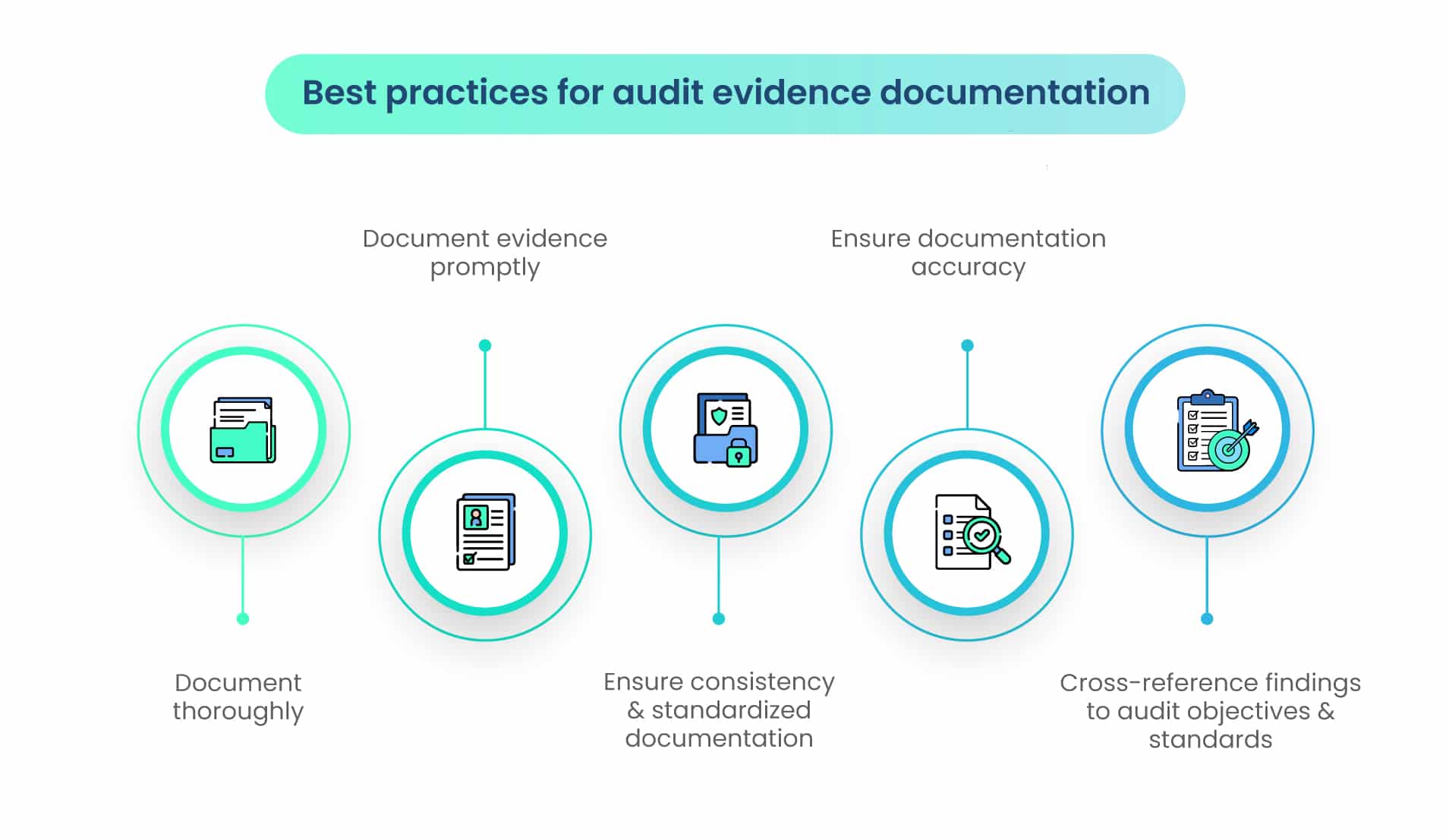
Once the audit is complete, auditors communicate their findings through the audit report. The audit report is a formal document that includes the auditor's opinion on the financial statements and any significant issues or deficiencies identified during the audit. Auditors must ensure that their report is clear, concise, and in compliance with relevant auditing standards and regulations.
1. Document thoroughly
Comprehensive documentation is essential. Auditors must record all pertinent information, including the audit plan, procedures, findings, and any deviations from the plan. This ensures a clear and complete audit trail.
2. Document evidence promptly
Documenting evidence promptly is crucial to maintaining the accuracy and relevance of the information. Delayed documentation can lead to inconsistencies or the loss of critical details.
3. Ensure consistency and standardized documentation
Standardized documentation formats and procedures should be followed to ensure uniformity across audits. This consistency simplifies the review process and promotes efficiency.
4. Ensure documentation accuracy
Precision in recording details is paramount. Errors or omissions in documentation can lead to misunderstandings and misinterpretations, potentially affecting the audit's integrity.
5. Cross-reference findings to audit objectives and standards
Auditors should cross-reference their findings to the audit objectives, assertions, and relevant standards. This practice helps auditors and stakeholders trace the evidence back to its source and purpose.
Challenges in documentation and how to overcome them
While documentation is a vital aspect of the audit process, it comes with its own set of challenges that auditors must navigate. Understanding these challenges is essential to addressing them effectively and maintaining the integrity of the audit.
1. Incomplete or inaccurate data
Auditors often encounter incomplete or inaccurate data during the audit process. This can be due to various reasons, including data entry errors or missing information. To address this, auditors must exercise diligence in data verification and seek additional sources to corroborate findings.
2. Data volume and complexity
Audits often involve large volumes of data, which can be overwhelming. Managing this data efficiently is crucial. Auditors can use data analytics tools and software to streamline the process, identify patterns, and focus on high-risk areas.
3. Lack of documentation standardization
Inconsistencies in documentation across audits can lead to confusion and inefficiency. To overcome this challenge, auditors should establish standardized documentation practices and provide training to ensure all team members follow the same procedures.
4. Data security concerns
With the increasing threat of data breaches and cybersecurity incidents, protecting audit evidence is paramount. Implementing robust data security measures, including encryption and access controls, can mitigate these risks.
5. Maintaining objectivity
Auditors must maintain objectivity and independence while documenting evidence. Bias or undue influence can compromise the integrity of the audit. Establishing a strong code of ethics and guidelines for maintaining objectivity is essential.
Difference between audit evidence documentation and reporting
Reporting audit evidence
Effectively reporting audit evidence is the final, critical step in the audit process. It involves presenting the findings and conclusions in a clear, concise, and understandable manner to stakeholders, providing them with the information they need to make informed decisions.
Reporting should be a cohesive blend of evidence, analysis, and clarity. It's the means through which auditors fulfill their responsibility to convey the results of their work accurately and transparently to stakeholders, contributing to the trust and accountability essential in the world of auditing.
Importance of clear reporting
Clear and transparent reporting is essential for several reasons. It enhances the communication of audit results, making it easier for stakeholders to grasp the audit's findings, implications, and recommendations. Well-structured reports help stakeholders understand the context, significance, and potential risks associated with the audit.
Compliance with reporting guidelines
Different industries and regulatory bodies often have specific reporting requirements and guidelines that auditors must adhere to. Failure to comply with these guidelines can result in legal and financial consequences. Auditors need to stay up-to-date with the reporting standards relevant to their field and jurisdiction, ensuring that their reports meet the necessary criteria.
For audits of public companies in the United States, auditors must also assess and report on the effectiveness of the company's internal controls over financial reporting. This additional reporting requirement is mandated by the Sarbanes-Oxley Act and is essential for ensuring the reliability of financial reporting.
Best practices for reporting
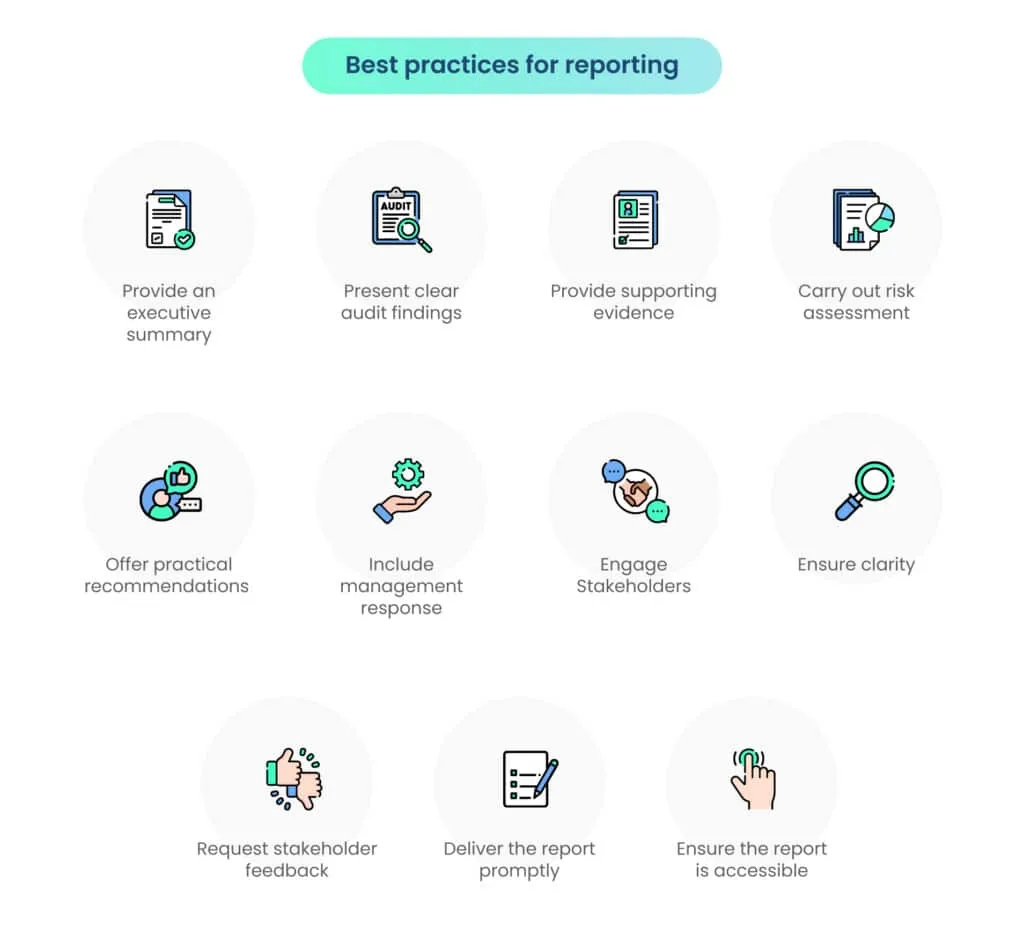
Reporting audit evidence effectively is a crucial part of the audit process. To ensure that audit reports are informative and trustworthy, auditors should follow best practices in their reporting procedures.
A well-structured audit report provides clarity and facilitates comprehension. Auditors can follow these best practices to structure their reports:
1. Provide an executive summary
Begin with an executive summary that provides a concise overview of the audit's scope, objectives, major findings, and recommendations.
2. Present clear audit findings
Present the audit findings in a clear and organized manner, grouping them by area or risk. Use charts, graphs, and tables to enhance visual clarity.
3. Provide supporting evidence
Include references to the audit evidence that supports each finding. This helps stakeholders understand the basis of the conclusions.
4. Carry out risk assessment
Discuss any identified risks or control weaknesses, providing an assessment of their potential impact.
5. Offer practical recommendations
Offer practical, actionable recommendations for addressing the identified issues. These should be specific and prioritized.
6. Include management response
If applicable, include management's response to the findings and recommendations. This can provide insight into their commitment to addressing issues.
7. Engage Stakeholders
Effective communication with stakeholders is a key aspect of audit reporting. Engaging stakeholders involves:
8. Ensure clarity
Use plain language and avoid jargon to ensure that the report is understandable to a broad audience.
9. Request stakeholder feedback
Encourage stakeholders to provide feedback or ask questions. Address their concerns and clarify any ambiguities.
10. Deliver the report promptly
Deliver the audit report in a timely manner to ensure that stakeholders can use the information for decision-making.
11. Ensure the report is accessible
Make the report easily accessible, whether through secure digital platforms or hard copies, to those who need it.
Wrapping up
In the world of auditing, the documentation and reporting of audit evidence are cornerstones of trust and transparency. Properly documented evidence, maintained with precision and consistency, lays the foundation for reliable and credible audit findings. The quality and reliability of audit evidence, combined with clear and structured reporting practices, enable stakeholders to make informed decisions with confidence.
As auditors and organizations continue to navigate the complex landscape of financial and operational audits, these processes will remain pivotal. The adherence to best practices in documentation and reporting, along with the careful consideration of challenges and regulatory requirements, will ensure that audit evidence serves its role effectively, ultimately enhancing trust and accountability in the audit process.
Frequently Asked Questions
1. What is audit evidence, and why is it important to document and report it?
Audit evidence refers to the information and records that auditors gather to support their findings and conclusions. Documenting and reporting audit evidence is crucial to demonstrate the validity of audit results, ensure transparency, and meet regulatory requirements.
2. What are the key types of audit evidence, and how should they be documented?
Audit evidence can include physical documents, electronic records, oral statements, and more. Proper documentation methods may vary, but they often involve maintaining detailed files, capturing screenshots, recording interviews, and maintaining a clear audit trail.
3. What are the common challenges in audit evidence documentation and reporting?
Auditors often face challenges such as incomplete or unreliable data, ensuring confidentiality, and managing a vast amount of information. They must also address issues related to data security and maintaining the integrity of the evidence.
4. How does the quality of audit evidence impact the audit's reliability and credibility?
High-quality, well-documented evidence enhances the credibility of the audit and its findings. It provides assurance to stakeholders that the audit was conducted thoroughly and objectively, increasing their trust in the process.
5. What are the best practices for reporting audit evidence to stakeholders and regulatory bodies?
Effective reporting involves presenting the evidence in a clear, concise, and easily understandable manner. It should include relevant findings, potential issues, and recommendations for action. Additionally, it's essential to comply with regulatory guidelines for reporting, which can vary by industry and jurisdiction.
6. Why is it important to review audit documentation?
Reviewing the records is essential to ensure that the auditor's work aligns with the conclusions and that the evidence collected adequately supports the auditor's findings.
7. When is audit documentation expected to be finalized?
As per the Public Company Accounting Oversight Board (PCAOB) guidelines, the completed set of audit working papers should be compiled for retention within 45 days after the documentation completion or report release date.
8. What is the recommended duration for retaining audit documentation?
Auditors are advised to retain audit documentation for a period of seven years from the report release date, which is the date when the auditor permits the utilization of the auditor's report regarding the organization's financial statements.



